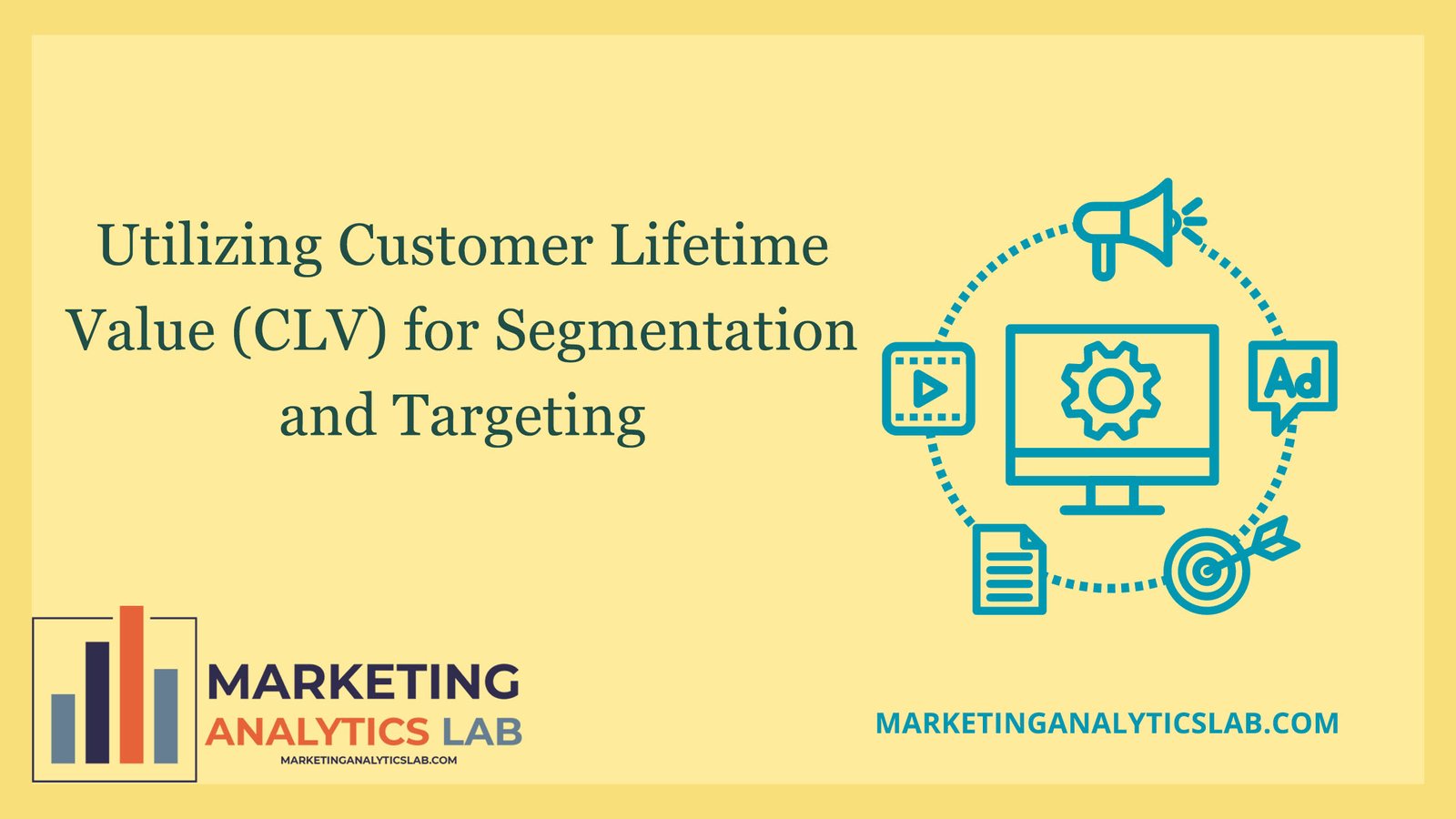Importance of Customer Lifetime Value (CLV)
Customer Lifetime Value (CLV) is a crucial metric that helps businesses understand the long-term value of a customer relationship. By calculating the CLV, companies can determine how much revenue a single customer is likely to generate over the course of their relationship with the company. This information is invaluable for making strategic decisions about customer segmentation and targeting. By understanding the potential value of each customer, businesses can allocate resources more effectively and focus on high-value customers that will drive long-term profitability.
Moreover, CLV helps businesses identify and differentiate between profitable and unprofitable customers. By segmenting customers based on their lifetime value, companies can tailor their marketing strategies and offerings to better meet the needs and preferences of their most valuable customers. This personalized approach can lead to improved customer satisfaction, loyalty, and ultimately, higher revenue. In today’s competitive business landscape, understanding and leveraging CLV is essential for driving sustainable growth and profitability.
Additionally, CLV can also help businesses forecast future revenue and make informed decisions about resource allocation. By understanding how much revenue each customer is likely to generate in the future, companies can better plan their marketing budgets, customer service efforts, and product development strategies. This data-driven approach can help companies optimize their marketing campaigns, improve customer retention, and ultimately, maximize their return on investment. Overall, the importance of CLV cannot be overstated in today’s customer-centric marketplace.
Strategies for Segmentation and Targeting
Segmentation and targeting strategies based on CLV can help businesses maximize the value of their customer relationships. One common approach is to divide customers into different segments based on their lifetime value, such as high-value, medium-value, and low-value customers. By focusing on high-value customers, businesses can prioritize their marketing efforts and resources on those customers that are likely to generate the most revenue over time. This targeted approach can lead to higher conversion rates, increased customer loyalty, and ultimately, improved profitability.
Furthermore, businesses can use CLV to personalize their marketing messages and offerings for different customer segments. By understanding the needs, preferences, and behaviors of each segment, companies can tailor their products, services, and promotions to better meet the specific needs of high-value customers. This personalized approach can help businesses build stronger relationships with their customers, increase customer satisfaction, and drive repeat purchases. By targeting the right customers with the right messages at the right time, businesses can maximize their marketing ROI and drive long-term growth.
Moreover, segmentation and targeting strategies based on CLV can also help businesses identify opportunities for upselling and cross-selling. By analyzing the purchasing behavior and preferences of high-value customers, companies can identify additional products or services that may be of interest to these customers. By targeting these customers with personalized offers and recommendations, businesses can increase their average order value, drive incremental revenue, and strengthen customer relationships. Overall, leveraging CLV for segmentation and targeting can help businesses maximize customer lifetime value, drive sustainable growth, and achieve long-term success in today’s competitive market.

